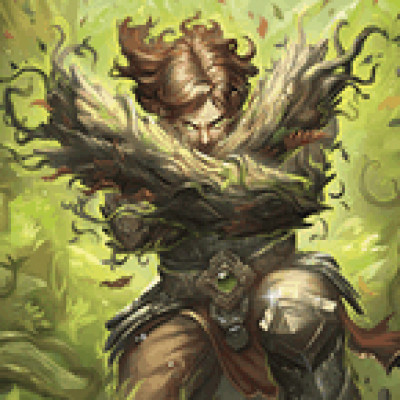The Draconic Ninja Fai, Rising Rebellion has exploded onto the Classic Constructed metagame. He claimed 21 Road to Nationals wins and had quite the showing in Utrecht, where he won the championship event and claimed both the title and the second place spot in Utrecht’s Calling.

Fai has quickly shown he is a force to be reckoned with. His power is so explosive that he even got Stubby Hammerers banned in an unscheduled ban announcement. But don't let a small intervention make you complacent; Fai will still be a strong force in the metagame. When Chane lost Seeds of Agony, he didn’t go anywhere. Bravo, Star of the Show was still a powerhouse after losing Awakening and Autumn’s Touch. Fai will still be a powerful force in the metagame after losing these powerful generic gloves.
What Makes Fai So Powerful?
Fai is an aggressive Ninja who plays long Draconic combat chains. He plays a very low resource cost curve and gets a lot of power for playing long chains. He has a very solid weapon in Searing Emberblade. This weapon frequently converts 2 resources into 3 damage, along with giving you another Draconic chain link and not using up your action point.

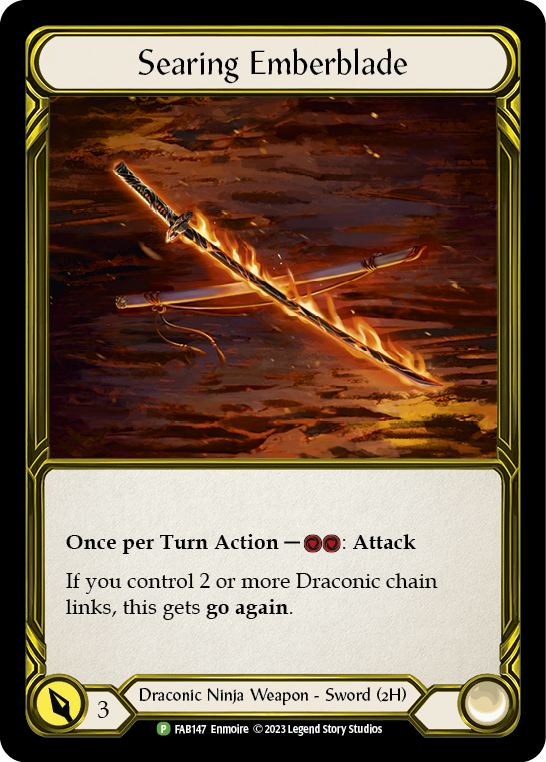
Undisrupted, his hero power is essentially worth 1 free damage on any turn without a pump card. It is a single instance of 1 damage, so it can be hard to block. On top of that, it can easily be worth more than one damage due to cards like Art of War, Spreading Flames, and Salt the Wound.
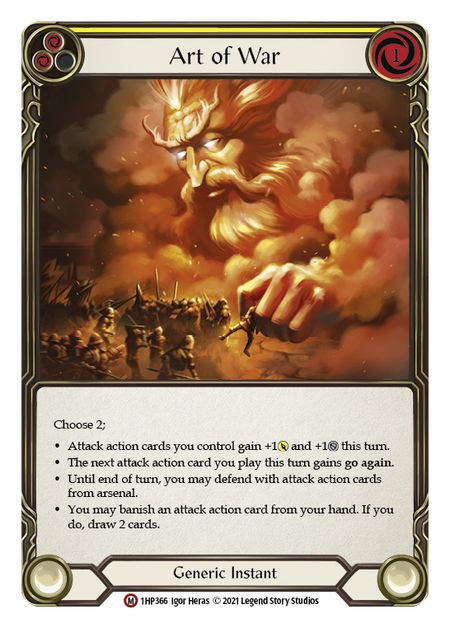

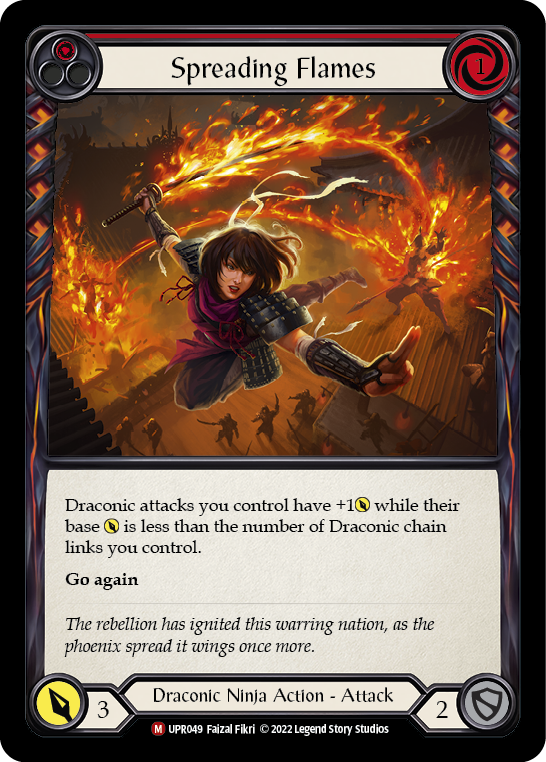
Cheap Draconic go again attacks like Rising Resentment and Brand with Cinderclaw make up the majority of his deck. These are necessary to make his hero power and weapon both work at full power. Because of this reliance on Draconic attacks, the only generics he includes are all-stars. Art of War is included because the +1 power mode on it can frequently hit 4 or more attacks. Belittle also finds a natural home in the deck due to the prevalence of 2- and 3-power attack action cards to reveal.
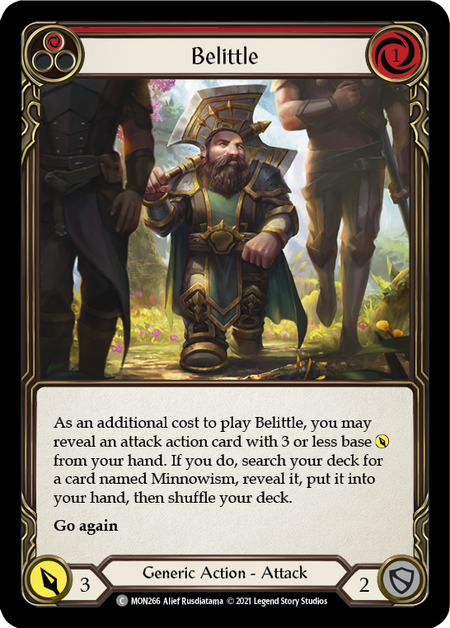

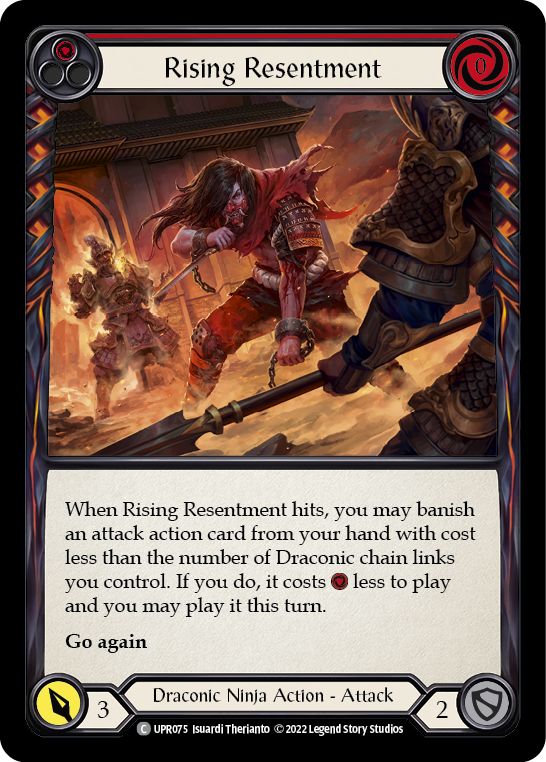
All this together means Fai is frequently putting out high amounts of damage on 4-5 card hands. The floor of a hand is quite high due to his deck being filled with cheap efficient attack cards. 4-card hands are almost always worth 13+ damage without using any resources or doing anything special. On top of that, Fai’s biggest turns reach the 20s or higher through his attack-pumping effects.
His combo equipment just significantly increases this damage output. Mask of the Pouncing Lynx can be used to go get a Salt the Wound to add 6+ damage at the end of a combat chain. Tide Flippers or Snapdragon Scalers can be used to play 2 finishers in the same turn. When it was legal, Stubby Hammerers at the start of this combo turn added 5-7 damage to an already huge turn. To put it all together, Blossom of Spring could start the turn by paying for a Belittle or Art of War to find the resources needed to play out a full hand.
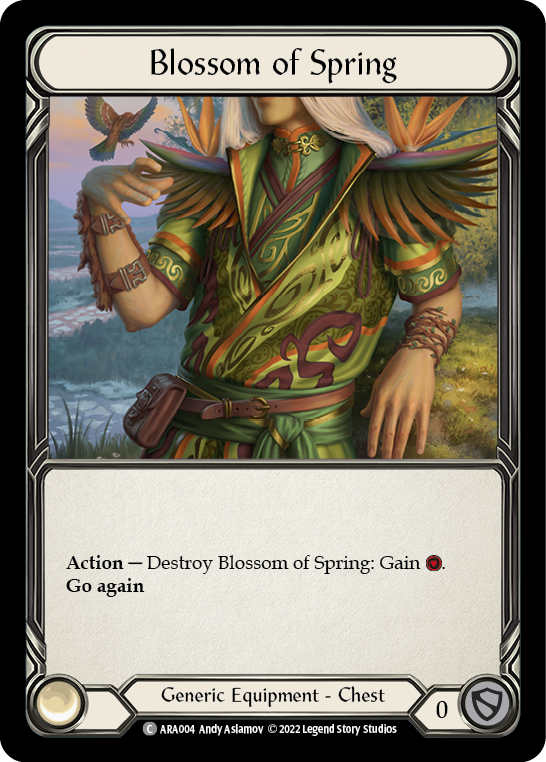
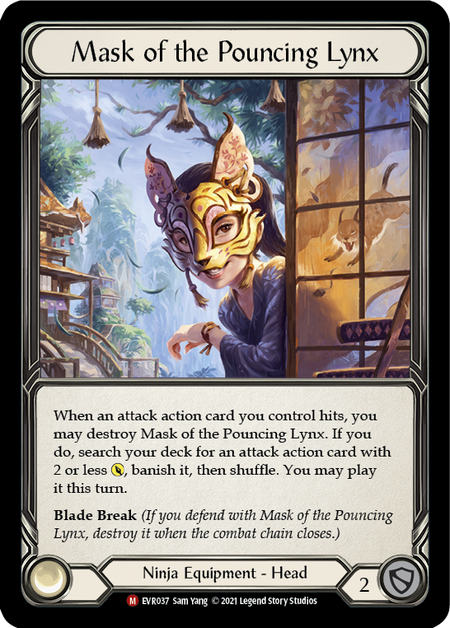
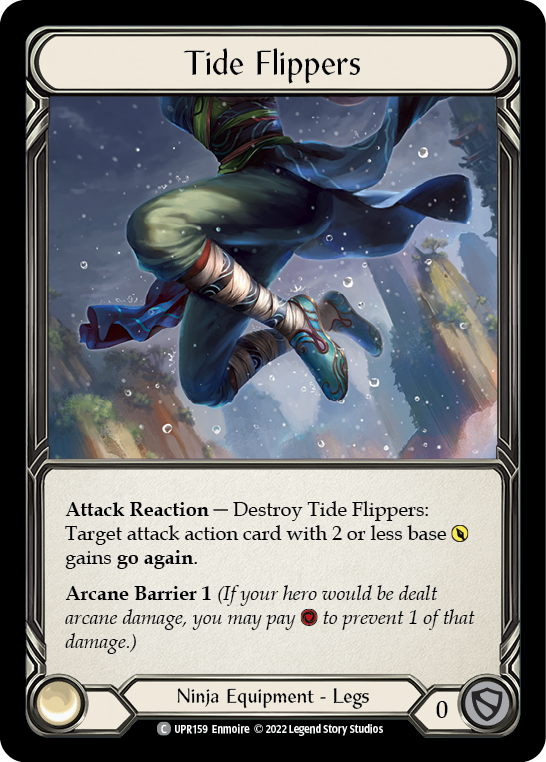
These turns where Fai used all 4 pieces of equipment were usually worth well over 30 damage, and that is why Stubby Hammerers got banned. Losing them will mean the turn is worth 5-7 damage less, but Fai will still be capable of extremely potent turns.
Stop the Bleed
While Fai is super good at attacking and having consistent damage output, he really benefits the most from having larger hands. With 1 card, his maximum damage output is 4, and this isn’t nearly a guarantee. Two cards let him deal 7 with a single Ronin Renegade (or similar red attack) into a sword swing and then an activation of his hero power to attack with a Phoenix Flame. With three cards, he can do the same sequence but finish with a Lava Burst or a Salt the Wound for 5 extra damage. When he gets to 4 or 5 cards is when the turns get crazy, with Art of War, Spreading Flames, and Belittle all performing best with larger hands. Because of this, it is important to keep Fai’s hand size down if possible.
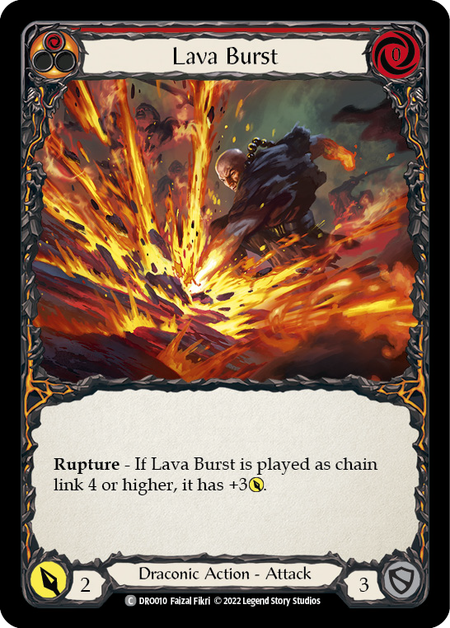

There are several ways to approach this. The most obvious one is to make him block. If you can successfully do this, it will shut him down. Fai’s cards are not very good at blocking. The winning list in Utrecht had 22 cards that block for 3 in it. The second place one had 15.
Since Fai’s damage output is so high, you are going to need more than raw damage to get him blocking. Cards like Command and Conquer and Erase Face are great, and sometimes will encourage him to block with a few cards. CNC is a perfect card to keep him off 5-card hands and threaten to either take a lot of value or deny him an arsenal. Erase Face does a good job of shutting down Spreading Flames. It also stops Phoenix Flame and Seering Emberblade from functioning at their full potential. These effects are powerful and will encourage him to block, but you can go even more extreme than that.
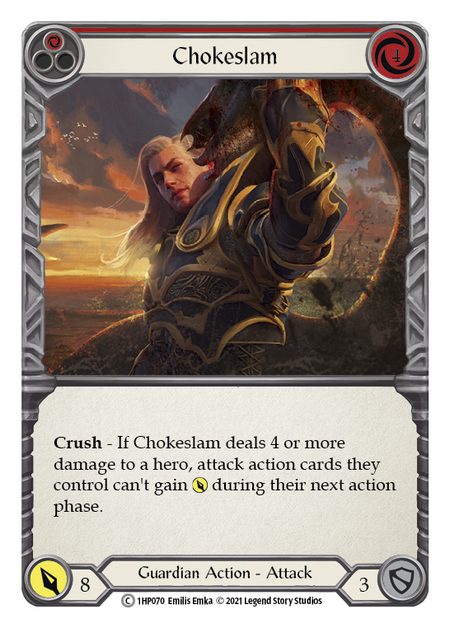
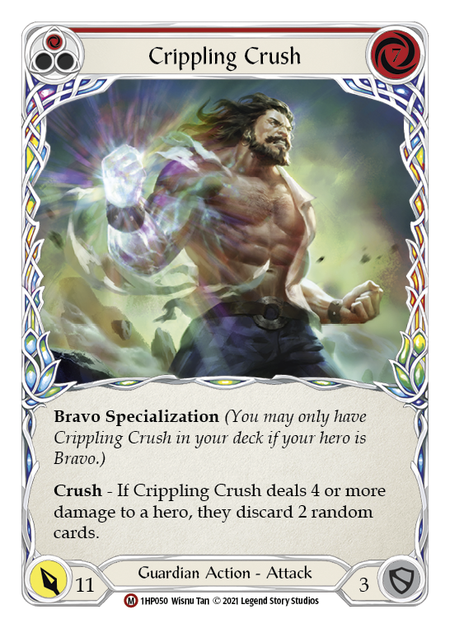
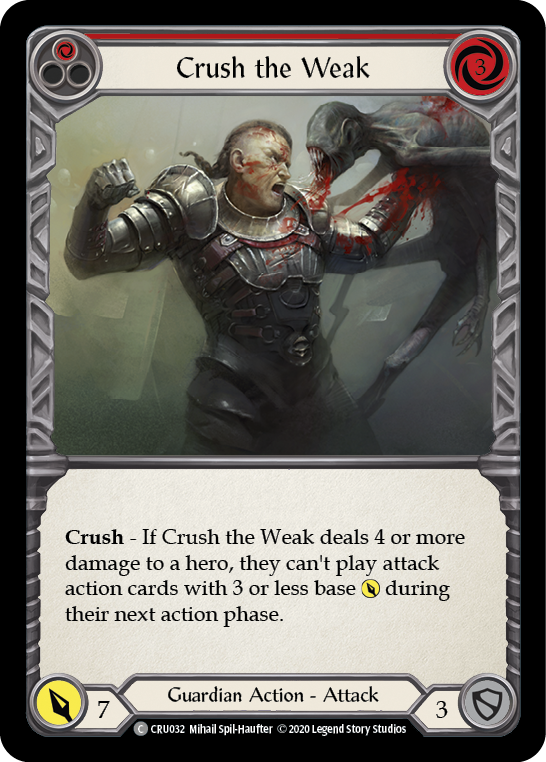

Bravo, Showstopper has been rising as a very clean answer to Fai. He even won the Battle Hardened in Auckland last weekend. Bravo has access to a ton of cards that can completely shut down Fai’s turns if they hit. Because of this, Fai is forced to block with his inefficient blocking cards. Once Fai spends his turn blocking out a big on-hit, Bravo can easily follow it up with another big crush effect the following turn. Sometimes he can even give it dominate with his hero power. These crushing on-hits prevent Fai from playing his turn the way he wants to and shut down his gameplan.
Other heroes can punish his desire to skip blocking as well. Obviously, most of the Guardian cards that Bravo plays can be played by Oldhim as well. Prism has access to some pretty powerful on-hit effects, like Herald of Erudition. Viserai’s 9 copies of Mauvrion Skies become super efficient when the attacks hit, due to the runechants generated. Lexi has access to tons of punishing arrows, like Chilling Icevein, Remorseless, and Endless Arrow.
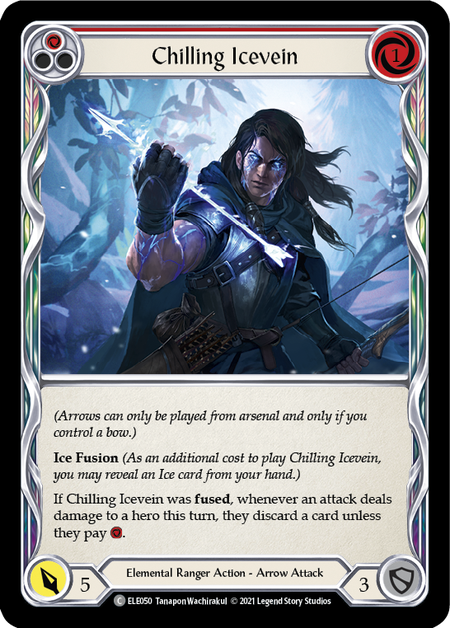
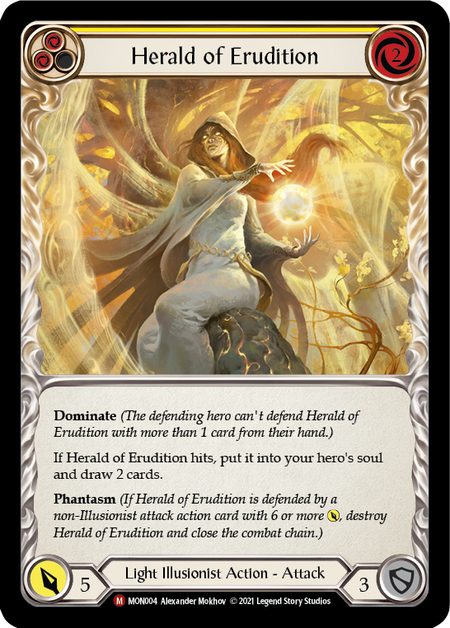
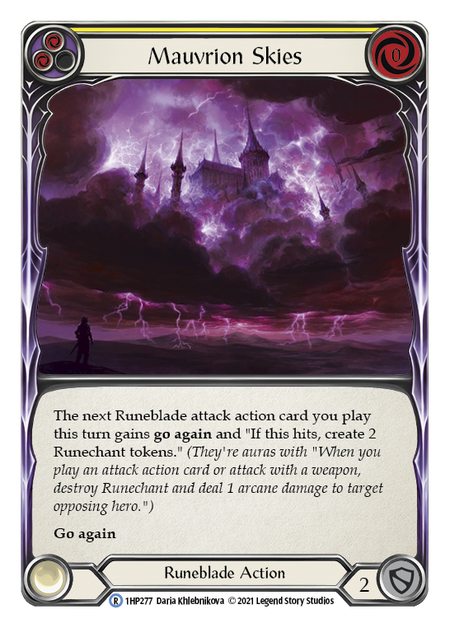
Disrupt the Flow
Although powerful on-hits that force or encourage blocks are very effective against Fai, there are other ways to disrupt him. Ice heroes have access to quite a bit of disruption that isn’t necessarily reliant on hitting with attacks. For example, Channel Lake Frigid is extremely taxing on Fai because he is looking to take so many actions each turn. Another option is a well-timed Blizzard, that will destroy a hand filled with reds and can end a turn that otherwise would have been pretty potent. A single frostbite can weaken a hand, but if you can stack up 3 or more, his turn is very likely to fall apart.
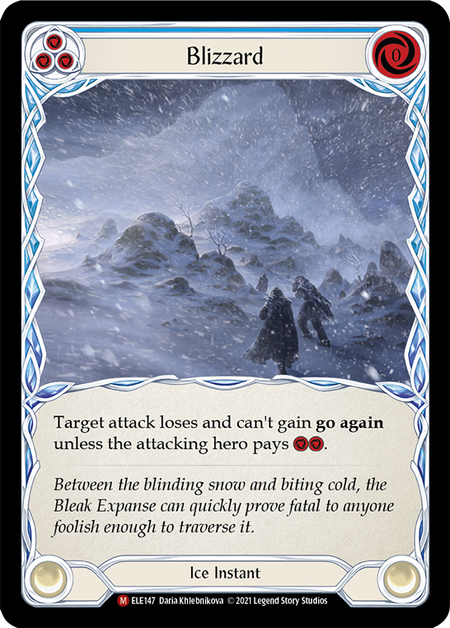
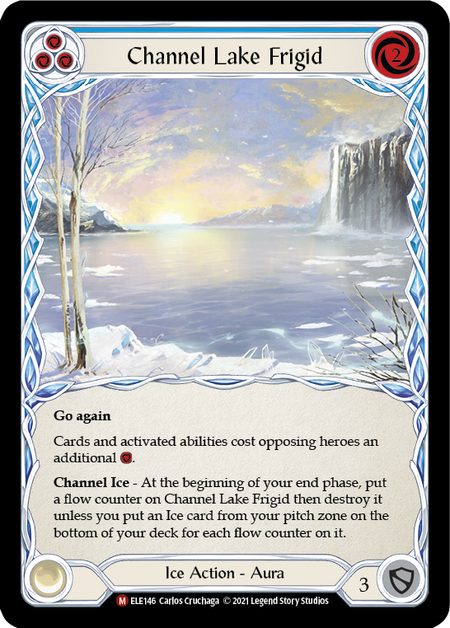
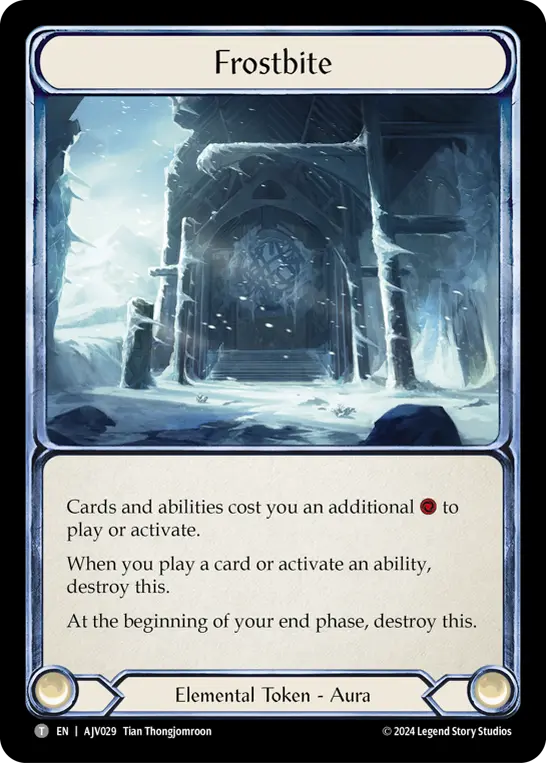
Lastly, as in any matchup, it is important to sequence your blocks correctly against Fai. Rising Resentment and Mounting Anger are the most commonly played on-hit effects. Rising Resentment only matters on chain link two or higher, but Mounting Anger can get value on any chain link, so try to block these cards out when you intend to block anyway. The rewards from them hitting isn’t too high, but even these small effects can be the difference between winning and losing a game.
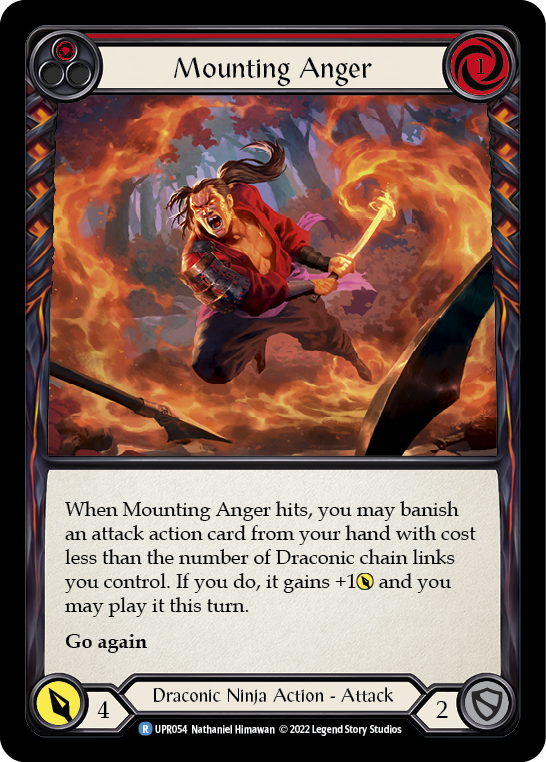

Even on turns without these common on hits, you can still gain some value by blocking correctly. One card that you should always be thinking about is Salt the Wound. If you could block 3 damage from a 4 power attack, or block 3 damage from a sword swing or any 3 power attack, you should be blocking the card you can fully block out. This is especially the case when they are playing Mask of the Pouncing Lynx, which they can use to search their deck for the Salt the Wound on demand. It’s also relevant that the more pump spells they play in a turn, the more likely they are to want to use Pouncing Lynx that turn. On these turns with several pump spells, try to line your blocks up in a way to mitigate Salt the Wound's damage.
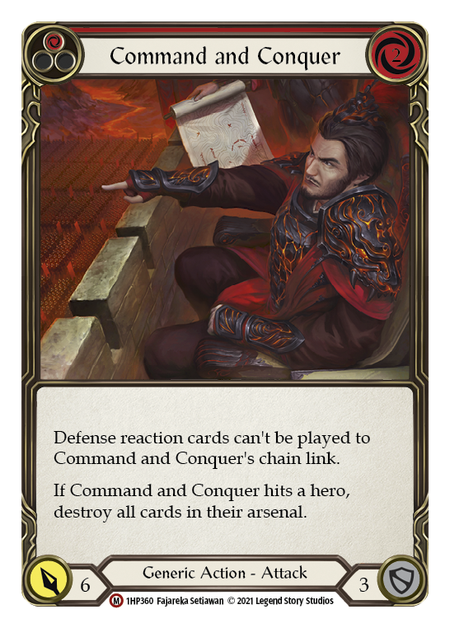
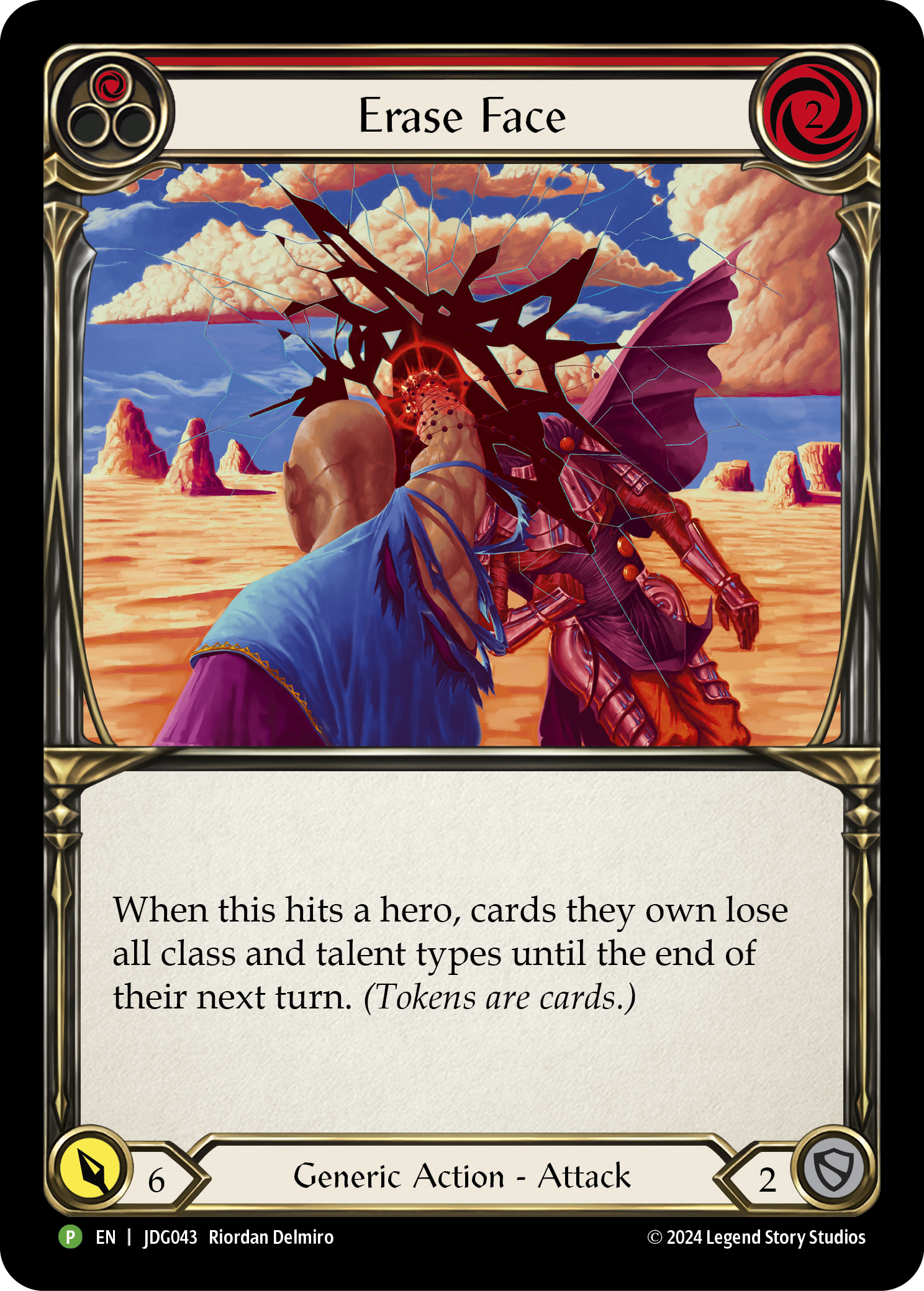
If you are a deck with vulnerability to Erase Face or Command and Conquer, you should always be wary that Fai might end a chain with one of those. Pay a lot of attention to how he is spending his resources, and try to be aware of how your turn will look if he ends a chain with one of those effects. Once Fai cannot have 2 resources and a card, you are safe to not have to worry about these powerful generics.

There are also a couple of notable pieces of equipment that affect how you block. If Fai is playing Mask of Momentum instead of Mask of the Pouncing Lynx, you really should sequence your blocks to try to avoid allowing him to draw a card. The best way to do that is to try to block out the second or third chain link. This means he’ll have to present more chain links to threaten to draw a card off of Mask of Momentum. If Fai is playing Snapdragon Scalers instead of Tide Flippers, this means they have some cheap attacks that have more than base 2 power they are wanting to give go again to. The most common one I’ve seen is Snatch, so try to sequence your blocks in a way that you can block out a Snatch if you aren’t giving up too much to do so.
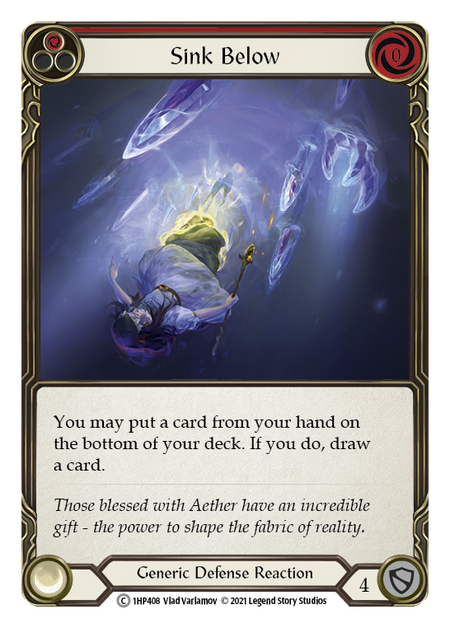
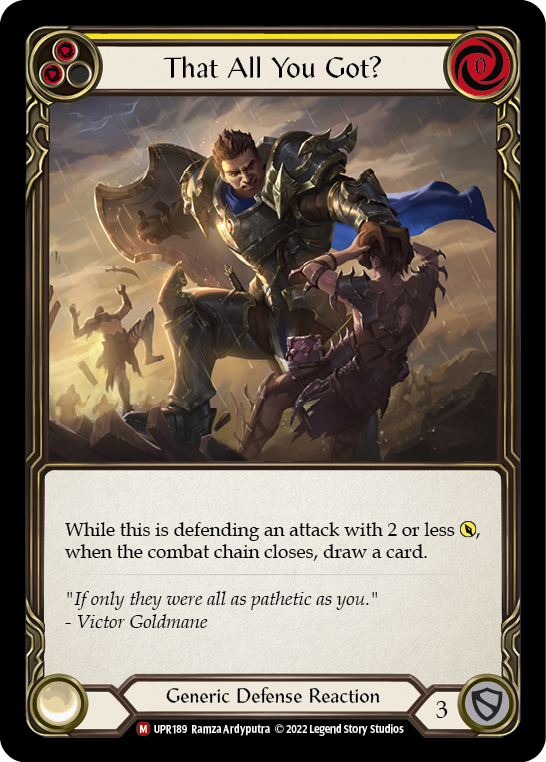
I also want to touch on defense reactions. Cards like Sink Below and That All You Got? generally shouldn’t be your plan A, but they can help supplement a plan of threatening on-hits and forcing him to block. If you have a weaker offensive turn, it can be nice to have these to cover up some of his damage at a better rate, but playing too many can dilute your primary plan and even end up being the cause of these weaker offensive turns. That All You Got? specifically can line up nicely, as it just cleanly blocks a Phoenix Flame, Double Strike, or Inflame while replacing itself with a new card to help you continue to pressure Fai.
To put it all together, the main way to fight against Fai is through playing cards that he is heavily incentivized to block. His biggest weakness is his inability to efficiently block. And when he does block, he presents much weaker attacks back than most other heroes do. If you can keep Fai on the back foot through powerful on-hit abilities, Fai will have a difficult time staying in the game. While you are fighting against Fai, just remember to do everything in your power to keep him from playing his powerful 4- and 5-card hands.
Background music is Vopna by Alexander Nakarada | Music promoted by Chosic | Creative Commons CC BY 4.0




